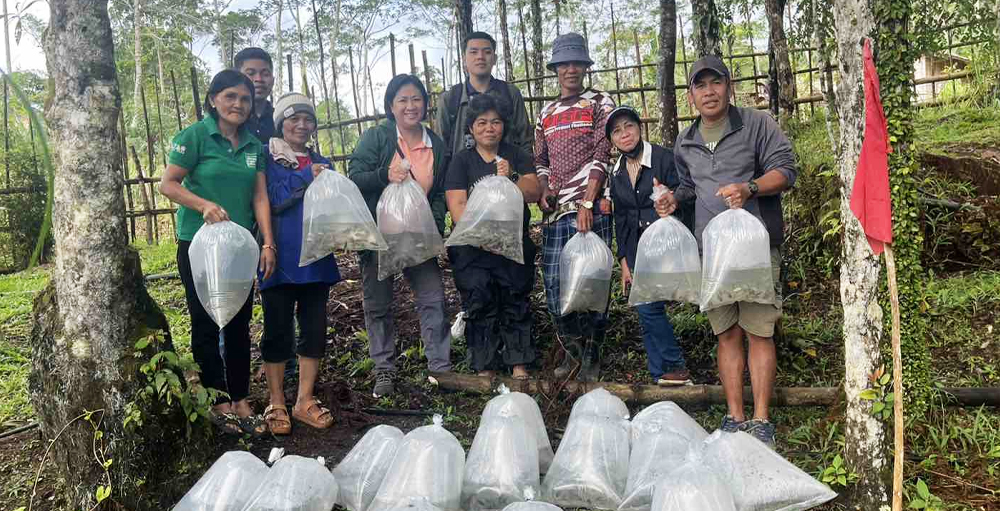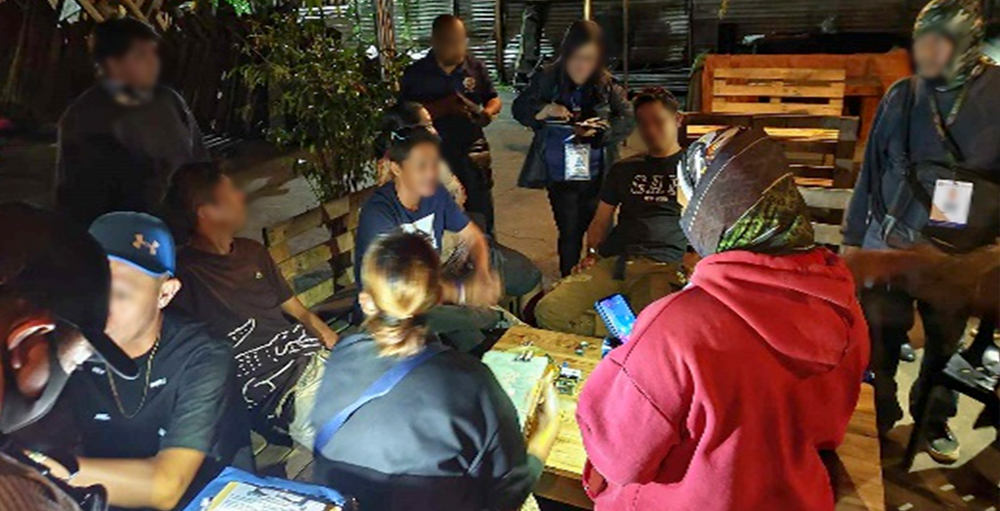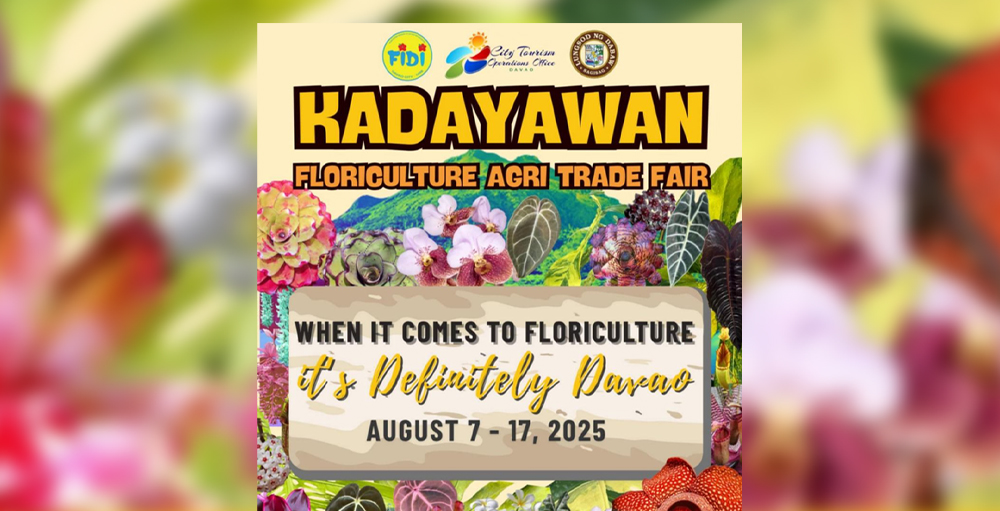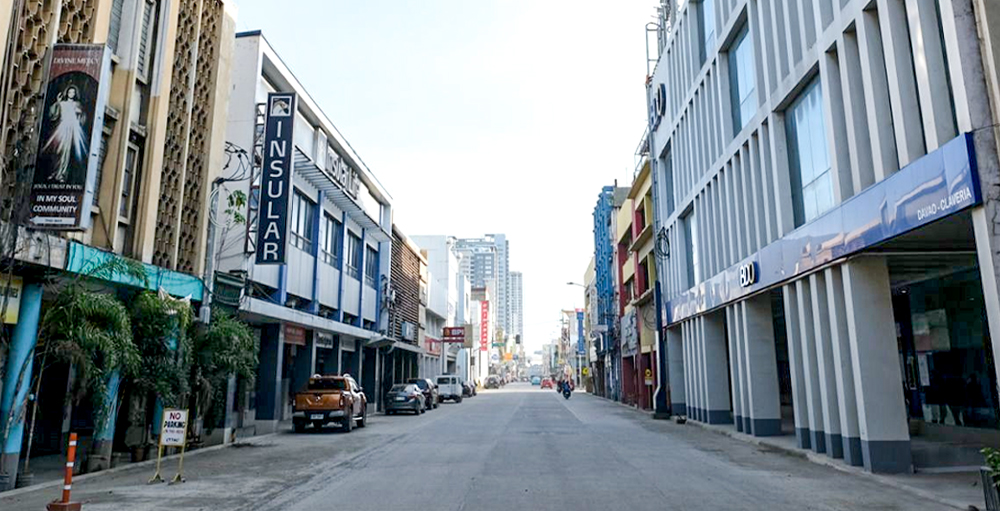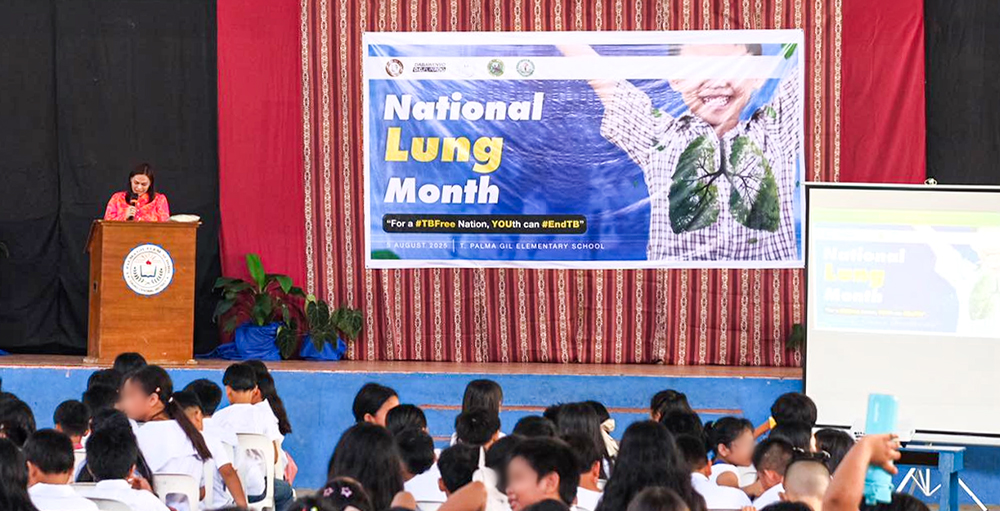The City Agriculturist Office’s (CAgro) Fisheries and Aquatic Resources Division has already distributed 190,000 fingerlings to inland fisherfolks for the first six months of the year.
Aime Evora, acting head of CAgro’s Fishery Resource Management Service Division said during the I-Speak media forum that from January to June 2025 they have distributed 165,000 tilapia fingerlings and 25,000 hito fingerlings to inland fishermen.
A total of 317 beneficiaries benefitted from the fingerlings dispersal.
Evora said that the fingerlings came from the City Government’s hatchery, which assured more production and survival rate than those previously sourced from very distant areas.
“Ang gina-produce na fingerlings sa atong hatchery mao nato atong gina distribute sa upland district. Sa ilang feedback gwapo gyud sila og survival, so dako siyag survival rate, sure pud ta nga ang ilang production taas pud kay taas man siya og survival rate. (The fingerlings we are producing now are what gets distributed to the upland areas. We received feedback that they have good survival rate, and we are also sure that the production is high because of the high survival rate),” she said.
For this year, they have proposed a feed formulation seminar, which will run by August or September for geographically isolated inland farmers. This, after teaching them last year how to breed and culture tilapia and hito.
Their office is also giving technical assistance to Project Lawa and Binhi Program beneficiaries. The program is an inter-agency program that provides fingerlings and vegetable seeds to remote areas.
Evora said that the Project Lawa and Binhi program has a total of 15,000 beneficiaries in 30 sites established in 2024. For this year, there are about 16 sites already established with 50 beneficiaries per site.
“Nakita nato nga atong na establish last year nga Project Lawa kadto nakatabang gyud siya sa community, especially ang upland areas nato nga layo sila og dagat so ang main source nila og fish is kanang naa sa fishpond. So nakatabang to sa ilaha nga naa sila’y fresh nga isda and at the same time gulay so dili sila maproblema sa pansud-an sa adlaw-adlaw. Ang excess pwede nila ibaligya (We saw that the sites we established last year under Project Lawa helped the communities, especially the upland areas which are far from the sea—so their main source of fish is the fish ponds. So the [project] helped in bringing to their table fresh fish and also vegetables. They have no problem in their daily food needs and they can also sell their surplus),” Evora said.
Evora said that CAgro district offices are open to those who seek to avail of the fingerlings. CIO

